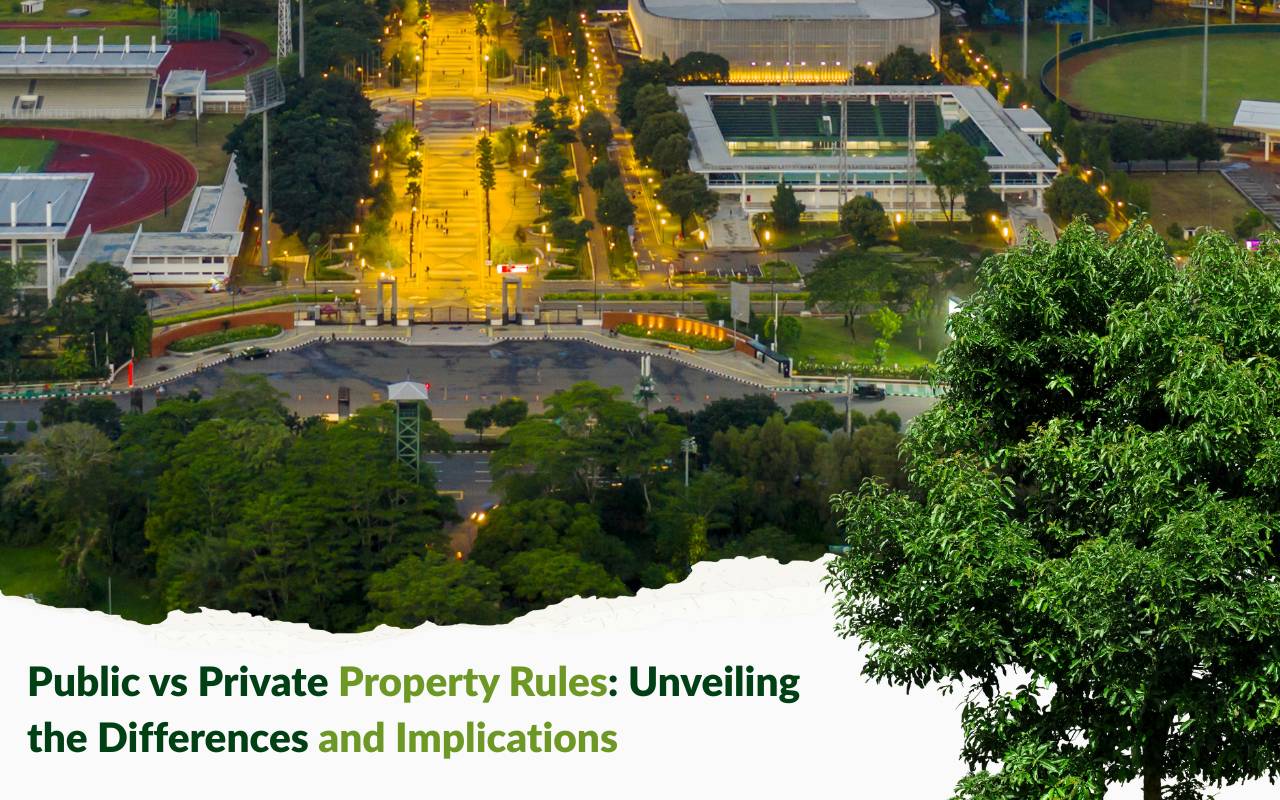
In the intricate tapestry of our society, the concepts of public and private property shape our daily interactions. Yet, many remain unaware of how public vs private property rules affect rights and responsibilities. Understanding these distinctions is vital to prevent disputes and support community well-being. A simple misunderstanding may cause financial loss or legal issues. For example, when a park faces development or an individual unknowingly trespasses. Therefore, this guide will clarify the differences, offering practical insights into ownership and regulations.
The Foundation of Property Law: Understanding Public Property
Public property includes lands and assets owned by governments for collective use. Parks, roads, and monuments serve everyone. When applying public and private property regulations, public ownership emphasizes accountability and service to society. Moreover, legal protections ensure equal access and require procedures before altering public assets. Governments must provide notice, hold hearings, and review environmental impacts before selling or repurposing property. In addition, maintenance obligations and accessibility standards reinforce the responsibility tied to public ownership.
Deciphering Private Property Ownership Rights
Private property grants individuals or entities exclusive rights to use, develop, and transfer assets. These rights are defined by laws such as easements and covenants. Property law distinctions reveal that private ownership brings both freedom and responsibility. Owners must maintain safety, follow zoning laws, and respect community regulations. Courts usually protect private rights but can impose restrictions under nuisance statutes, environmental laws, or eminent domain. Consequently, this balance ensures both autonomy and social responsibility.
Legal Boundaries: Where Public and Private Property Intersect
- Sidewalks may belong to the public but require upkeep from nearby owners. Moreover, disputes often arise over responsibilities.
- Flood channels often pass through private lands while remaining under public jurisdiction. Consequently, shared duties may create tension.
- Historic preservation rules can limit government redevelopment plans. Thus, both sides must cooperate.
Rules for property ownership often intersect, creating disputes. Therefore, clear understanding prevents conflicts over boundaries and responsibilities.
Access Rights and Restrictions on Public Property
Public property ensures equal access for citizens. Restrictions exist only to maintain safety and order. By contrast, private property limits access, protecting owner rights. Trespassing without permission violates laws. Knowing these differences in public vs private property rules safeguards both individual rights and community standards. Moreover, awareness helps reduce avoidable conflicts.
Ownership Responsibilities: Maintaining Private Property
- Conduct regular inspections and repairs. In addition, keep records for accountability.
- Respect zoning and local building regulations. Consequently, compliance avoids penalties.
- Maintain cleanliness and landscaping. Moreover, this fosters neighborhood harmony.
Private property rules demand responsibility. Owners must ensure safety, respect boundaries, and comply with ordinances. Understanding public and private property regulations helps balance private interests and community harmony.
Zoning Regulations: Shaping Land Use in Public and Private Sectors
Zoning divides municipalities into residential, commercial, or industrial areas. Both public and private properties must follow zoning rules. For example, schools or hospitals on public land require permits and reviews. Developers face similar requirements. Within property law distinctions, zoning balances growth, character, and environmental impact. Moreover, zoning updates adapt communities to changing needs.
Protection and Enforcement: Security Measures for Public and Private Property
- Public property security relies on police and official agencies. Consequently, citizens depend on government enforcement.
- Private property often uses alarms, cameras, and hired security. Moreover, contracts may strengthen protection.
- Enforcement approaches reflect different legal authorities. Thus, remedies vary by ownership type.
Public vs private property rules also differ in enforcement. Governments rely on state authority, while private owners often use civil remedies or contracts. On the other hand, both approaches aim to safeguard rights and security.
Implications of Property Disputes
Property disputes reveal the stakes involved. Cities may use eminent domain to expand roads, sparking homeowner resistance. Park users may face fines for unauthorized activities. Landlords may face lawsuits over unsafe conditions. Each scenario illustrates how rules for property ownership influence conflict resolution and responsibilities. Moreover, studying these examples prepares citizens for better decision-making.

FAQs
What defines public property?
Public property is owned by government entities and maintained for community use, such as roads, parks, and government buildings. Moreover, it is safeguarded by specific regulations.
What rights do private property owners have?
Private owners may use, sell, or lease their land, provided they follow local regulations and zoning laws. Consequently, autonomy exists within legal boundaries.
How do zoning rules affect property?
Zoning laws regulate land use, dividing areas into districts like residential or commercial to support balanced growth. In addition, they help communities plan for sustainability.
Can public and private property overlap?
Yes, examples include sidewalks or flood channels that involve shared responsibilities between governments and owners. Therefore, cooperation is essential.
Why are public vs private property rules important?
These rules establish access, ownership duties, and legal rights, helping prevent disputes and support community welfare. Thus, they promote fairness and order.
Community Impact: How Public vs Private Property Rules Shape Society
Property regulations influence housing, green space access, and local commerce. Balanced governance fosters trust and inclusive communities. For example, when developers collaborate with stakeholders, neighborhoods thrive. Awareness of public and private property regulations empowers citizens to advocate for fair, transparent policies. If you’re considering development or property improvements, explore our services for expert guidance. You can also learn more about tree trimming in Kansas City or reach out through our contact page for tailored support.
Clarity on property law distinctions enables homeowners, businesses, and community members to make informed decisions. With knowledge of laws, case studies, and societal impacts, individuals can confidently manage property concerns. Moreover, whether renovating a home or engaging in public hearings, informed understanding ensures smoother processes and stronger community outcomes. Finally, awareness builds trust between governments and citizens, shaping more resilient societies.
